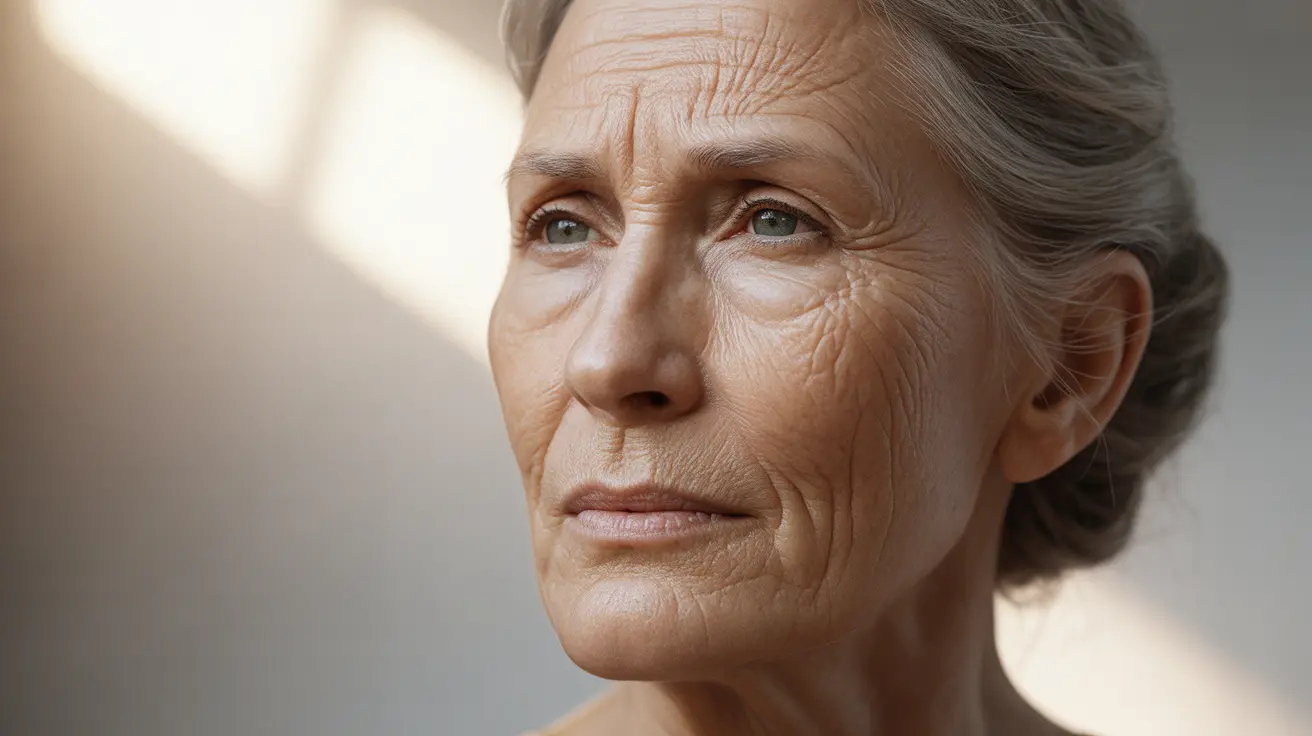Forehead wrinkles are a common cosmetic concern that affects people as they age, appearing as horizontal lines across the forehead or vertical creases between the eyebrows. While these natural signs of aging are completely normal, understanding what causes forehead wrinkles can help you make informed decisions about prevention and treatment options.
From natural aging processes to lifestyle factors, multiple elements contribute to the development of forehead wrinkles. This comprehensive guide explores the various causes and provides evidence-based solutions for managing these common facial lines.
The Natural Aging Process and Forehead Wrinkles
As we age, our skin naturally undergoes several changes that contribute to wrinkle formation. The production of collagen and elastin—proteins responsible for skin elasticity and firmness—gradually decreases. This natural decline makes the skin more susceptible to forming permanent lines and creases, particularly in areas of frequent movement like the forehead.
Additionally, the skin's natural ability to retain moisture and repair itself diminishes with age, making it more prone to showing signs of wear and tear. This process typically begins in our mid-to-late twenties and becomes more noticeable as we enter our thirties and forties.
The Impact of Facial Expressions
Regular facial movements play a significant role in the formation of forehead wrinkles. Every time we raise our eyebrows, frown, or make other expressions, we engage the muscles in our forehead. Over time, these repeated movements create grooves beneath the skin's surface, which eventually become visible as permanent lines.
Common Expressions That Contribute to Wrinkles
- Raising eyebrows in surprise or concern
- Frowning or squinting
- Concentrating expressions
- Emotional expressions of worry or stress
Environmental and Lifestyle Factors
Several external factors can accelerate the development of forehead wrinkles:
Sun Exposure
UV radiation from the sun breaks down collagen and elastin fibers, leading to premature aging and wrinkle formation. This damage, known as photoaging, can make forehead wrinkles appear earlier and more prominently.
Smoking and Other Habits
Smoking reduces blood flow to the skin and contains chemicals that damage collagen and elastin. Additionally, certain sleeping positions and poor hydration can contribute to wrinkle development.
Prevention Strategies and Treatment Options
There are several effective approaches to preventing and treating forehead wrinkles:
Preventive Measures
- Using broad-spectrum sunscreen daily
- Maintaining proper hydration
- Following a healthy skincare routine
- Managing stress levels
- Getting adequate sleep
Treatment Options
- Topical retinoids
- Moisturizers with hyaluronic acid
- Professional treatments like Botox
- Facial exercises and massage
- Dermal fillers
The Role of Genetics
Genetic factors significantly influence how and when forehead wrinkles develop. Some people may notice wrinkles earlier due to their genetic predisposition, while others might maintain smoother skin well into their later years. Understanding your genetic background can help you develop a more targeted prevention strategy.
Frequently Asked Questions
What are the main causes of forehead wrinkles and how does aging affect them?
Natural aging causes decreased collagen production and skin elasticity, making forehead wrinkles more likely to develop. This process is accelerated by factors such as sun exposure and reduced skin cell turnover.How do repeated facial expressions contribute to the development of forehead wrinkles?
Regular muscle movements from facial expressions create grooves beneath the skin that eventually become permanent wrinkles. These expression lines are particularly common in the forehead area due to frequent eyebrow movement.Can lifestyle factors like sun exposure, smoking, and hydration make forehead wrinkles worse?
Yes, these factors significantly impact wrinkle formation. UV radiation damages skin structure, smoking reduces blood flow and damages collagen, and proper hydration is essential for maintaining skin elasticity.What are effective treatments and prevention methods for reducing forehead wrinkles?
Effective treatments include using sunscreen, maintaining good skin hydration, applying retinoids, and considering professional treatments like Botox. Prevention methods focus on protecting skin from sun damage and maintaining healthy lifestyle habits.How does genetics influence when and how forehead wrinkles appear?
Genetics play a crucial role in determining skin structure, thickness, and aging patterns. Your genetic makeup can influence when wrinkles begin to appear and how pronounced they become over time.




